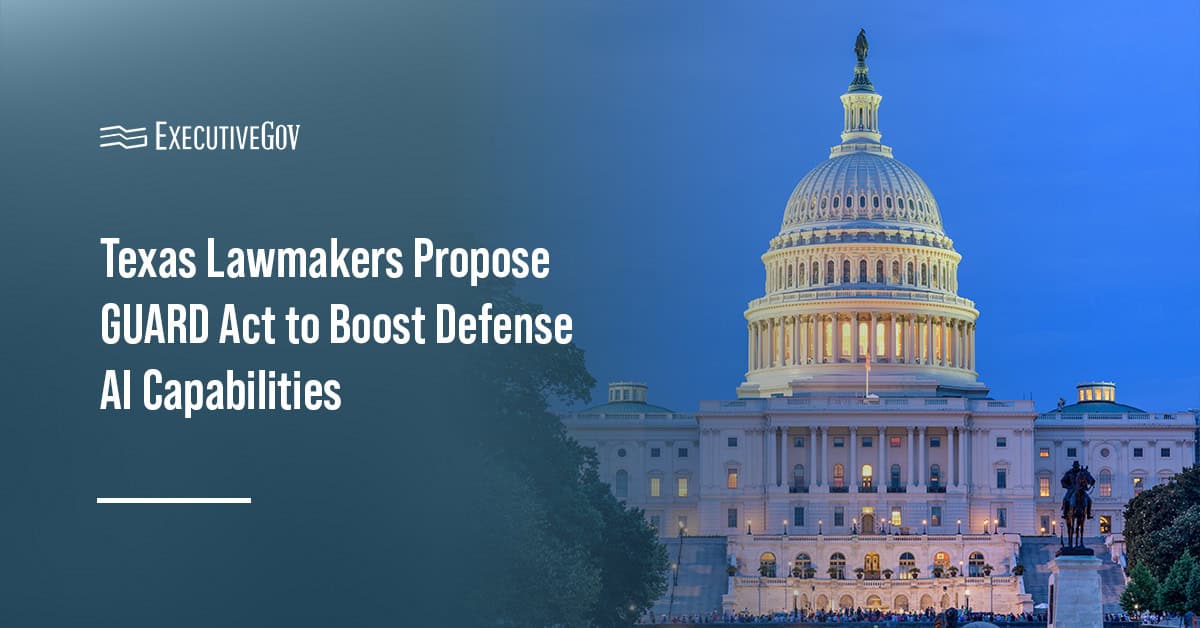An Institute of Electrical and Electronics Engineer (IEEE) Standards Association board has approved a new rule that defines a functional cloud federation model to enable interoperability between different computing services.
The IEEE 2302-2021 Standard for Intercloud Interoperability and Federation addresses various cloud service elements such as topology, messaging, trust infrastructure, geo-independence, audit and compliance, the National Institute of Standards and Technology (NIST), said Tuesday.
The new rule aims at helping in the development of a dynamic cloud infrastructure that can support changing business models, addressing the current coverage, functionality and scalability limitations of current services.
NIST research helped inform the formulation of the standard by IEEE’s P2302 Working Group, which was chaired by the institute’s Robert Bohn.





